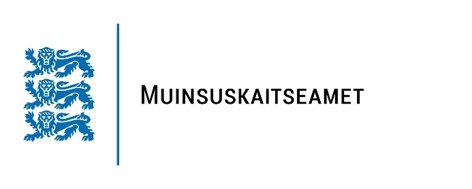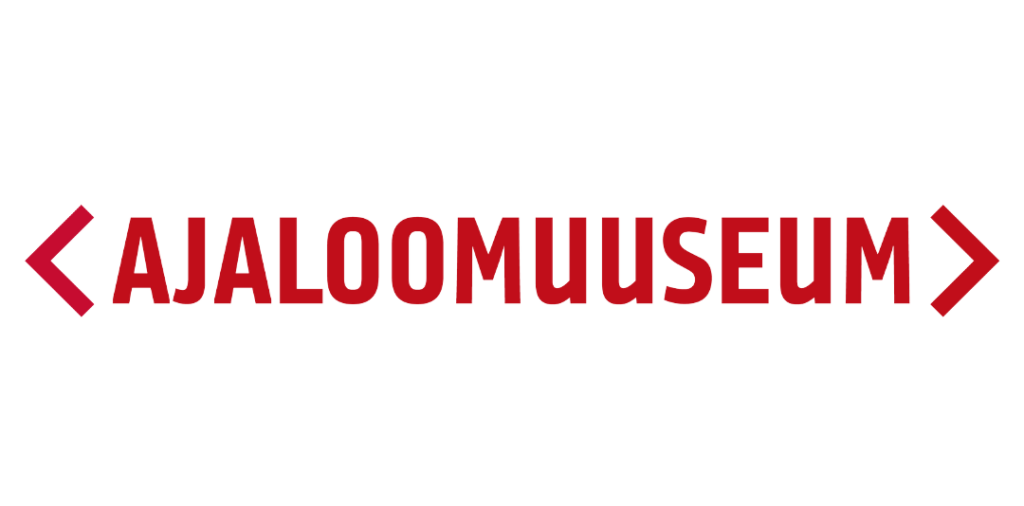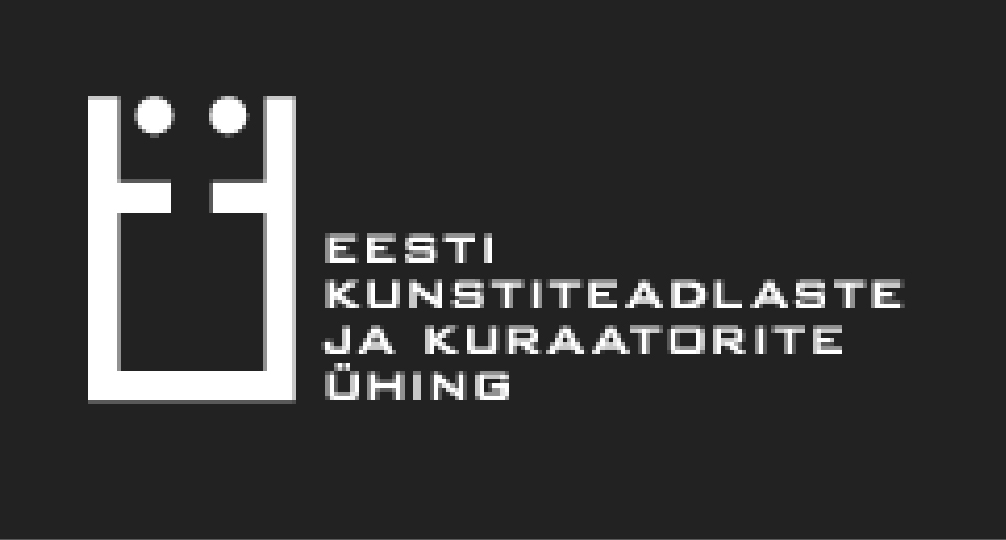
National Heritage Board
The National Heritage Board is a government agency under the Ministry of Culture, whose main task is to implement the country’s cultural heritage policy and development plans. It advises the owners or owners of monuments and buildings located within heritage protection areas on the maintenance, repair, construction, conservation and restoration of monuments and buildings, issues recommendations and guidelines and, where necessary, issues maintenance plans. It employs around 80 people united by a passion for cultural heritage. The mission of the Heritage Board is to care for the preservation and development of the most valuable part of Estonia’s cultural heritage and to work to ensure that our cultural heritage is valued and preserved.
The Estonian History Museum is a museum whose main task is the collection, preservation, scientific processing and dissemination to the public of materials related to the history of the Estonian people, land and state, and other museological work. The museum includes the Suurgildi building, Maarjamäe Palace, the Film Museum, the Theatre and Music Museum and the Särevi Theatre Room. The museum’s aim is to bring together, without temporal or geographical boundaries, the major fields of Estonian contemporary and cultural history (theatre, music, film) and to be the custodian of this important heritage. The Museum of History manages, mediates and interprets a large source base of contemporary and cultural history, and is thus a meeting place for different world views, opinions and communities.
The art collection of the Estonian History Museum includes around 300 sculptures, many of which date from the Soviet era, including monumental sculptures. In the Maarjamäe manor park, the Maarjamäe branch of the Estonian History Museum has an exhibition of Soviet-era monumental sculptures, the Maarjamäe Soviet-era Monuments outdoor exhibition.
The Estonian Association of Art Historians and Curators is a voluntary and politically independent creative association of persons engaged in art theory, art history and art criticism, and the curation of art projects, as well as a creative association recognised by the Ministry of Culture of the Republic of Estonia. The Estonian Association of Art Historians and Curators organises an annual public conference or seminar on art studies. It also awards an annual prize. The Annual Award of the Estonian Association of Art Historians and Curators is presented at the Association’s General Assembly to one of its members for his or her scientific or creative contribution to the development of art studies during the previous year and as an incentive for further work. In addition, it publishes the scientific journal Kunstiteaduslikke Uurimusi.
Enefit
Eesti Energia AS is an international energy company owned by the Estonian state, active in the electricity, gas and international liquid fuels markets in the Baltic States, Finland, Sweden and Poland. The group manages the entire chain from oil shale mining, electricity, heat and oil production to electricity transport, sales and ancillary services. The main raw material for energy production is oil shale from the mines belonging to Eesti Energia. In 2009, the various subsidiaries of Eesti Energia were merged under the single brand Enefit. Enefit offers customers in Estonia and abroad useful and footprint-reducing energy solutions, from electricity to the internet
Narva Art Residency (NART) is a cultural platform founded in 2015. It facilitates residencies, art exhibitions, talks and educational workshops. It is located in Narva city on the Estonian-Russian border on the historical Kreenholm site. The international artist-in-residency programme is open for artists operating across a wide range of disciplines, including Visual Arts, Music, Performance, Architecture, Design, Film, Literature, Curatorial Practices and more. It generates creative exchange between practitioners and strengthens links with the local community. The centre is located at the historicist villa, which was originally built for the director of Kreenholm Textile Manufacture. In close proximity stand the vacant factory buildings which once formed the largest enterprise of its kind in Europe (anno 1857). Narva Art Residency is operated by the Estonian Academy of Arts in collaboration with Narva Gate and is supported by the Estonian Ministry of Culture.
The University of Tartu Museum is a museum that has been in operation since 1803 and focuses on preserving, exhibiting and researching the history of the university and its scientific history. The museums of the University of Tartu began with the re-opening of the university in Tartu in 1802, when the university’s statutes and budget provided for study rooms and collections. The name museum was first used to refer to the Art Museum of the University of Tartu, established on 18 April 1803. The museum is housed in three buildings: the historic Cathedral Church, the Tartu Observatory and the main building of the University of Tartu. In 1979, four rooms were allocated to the museum on the basement floor of the University’s main building and since 1981 the museum has been located in the former premises of the University of Tartu Library in Tartu Cathedral on Toomemäki.
The museum brings together artefacts and materials used by the University throughout its centuries of academic activity. As a museum of the history of science, the most valuable part of the collection is made up of apparatus, instruments, equipment and scientific collections that have been used in the scientific activities of the University since its foundation. The University of Tartu Museum’s publication “Tartu Ülikooli ajaloo küsimusi” is the only serial publication in Estonia dedicated to the history of science and universities.




